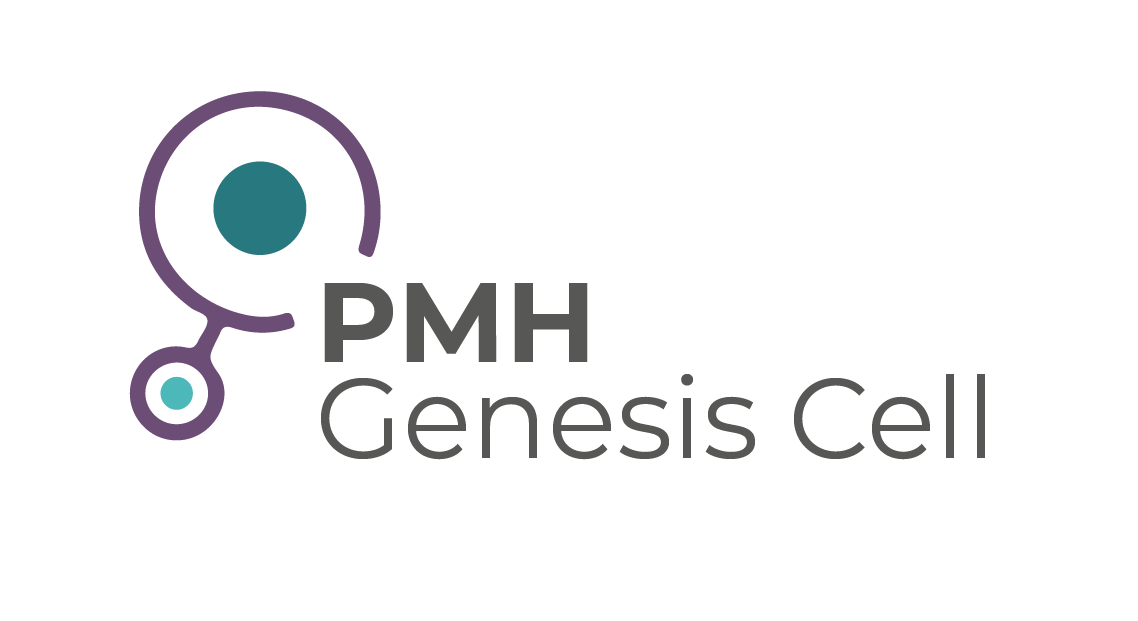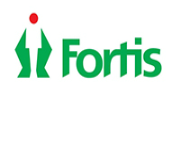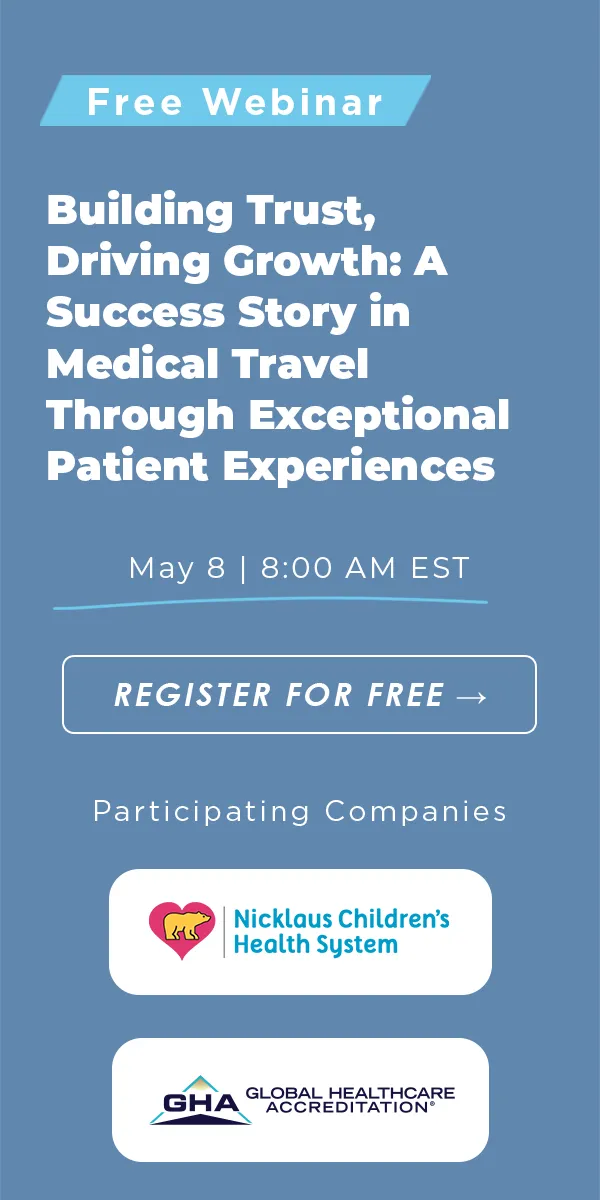Ovarian Cyst Removal
Steps Involved in IVF:
Procedure Description:
Ovarian cyst removal is a surgical procedure primarily aimed at removing cysts that develop on a woman’s ovaries. Ovarian cysts are fluid-filled sacs that can form for various reasons, most commonly during the menstrual cycle. While many cysts are benign and may even resolve on their own, some can cause symptoms like pelvic pain, bloating, and irregular menstruation, or pose a risk of rupturing. In certain severe cases, the cysts can even lead to ovarian torsion, a medical emergency requiring immediate surgery.
The procedure to remove ovarian cysts is usually either a laparoscopy or a laparotomy. Laparoscopy is minimally invasive, performed through small incisions using a camera-guided instrument. Laparotomy involves a larger incision and is usually reserved for larger or more complex cysts. The choice of procedure depends on the size of the cyst, its nature (whether it's suspected to be benign or malignant), and other medical considerations specific to the patient.
Getting ovarian cysts removed can be critical for a woman's reproductive health and overall well-being. Neglecting treatment can lead to severe pain, complications during pregnancy, and, in rare cases, may even lead to ovarian cancer. Thus, it is crucial to consult a healthcare provider for diagnosis and to discuss treatment options.
Procedure Duration:
A laparoscopic ovarian cyst removal usually takes between 45 minutes to 2 hours, depending on the complexity of the case. On the other hand, laparotomy may take a bit longer, often up to 2 to 4 hours. Patients are typically required to fast for at least 8 hours before the surgery and are placed under general anesthesia for the duration of the procedure.
Recovery time varies from patient to patient and also depends on the type of surgery performed. With laparoscopy, most patients can expect to leave the hospital within the same day or the next, while a laparotomy often requires a hospital stay of a few days. Full recovery can take up to 2 to 6 weeks, during which strenuous activities should be avoided.
It's essential to consult your healthcare provider for a more tailored estimate of procedure and recovery time, especially when planning to travel abroad for the surgery. Pre-operative evaluations and post-operative check-ups should also be factored into your travel plans.
Benefits:
- Cost Savings: Medical procedures abroad often cost a fraction of the price compared to the U.S. or other Western countries.
- Expertise: Some foreign hospitals specialize in gynecological surgeries and have a team of experienced surgeons.
- Cutting-Edge Technology: Many international hospitals are equipped with state-of-the-art surgical equipment and technology.
- Shorter Wait Times: Quick appointment scheduling and streamlined service can help you get the treatment you need faster.
Potential Destinations:
- India: Cities like Mumbai and Delhi offer world-class healthcare services at a lower cost.
- Thailand: Known for excellent healthcare facilities, particularly in Bangkok.
- Turkey: Cities like Istanbul and Ankara are emerging as popular destinations for gynecological procedures.
- Mexico: Proximity to the U.S. and affordable healthcare makes cities like Tijuana and Monterrey attractive options.
Risks & Considerations:
- Quality of Care: Ensure the hospital meets international healthcare standards.
- Language Barrier: A potential issue that can affect your medical experience.
- Travel and Recovery: Long flights post-surgery can increase risks of complications.
- Legal Recourse: Understand your rights in case of medical malpractice while abroad.
How to Choose the Right Doctor and Hospital:
- Accreditation: Look for hospitals accredited by international organizations to ensure quality.
- Doctor’s Credentials: Check the educational background, experience, and specialization of the doctor.
- Reviews and Testimonials: Previous patient experiences can offer valuable insights.
- Consultation: A pre-visit or virtual consultation can help you gauge your comfort level with the healthcare provider.
To receive a free quote for this procedure please click on the link: https://www.medicaltourism.com/get-a-quote
Patients are advised to seek hospitals that are accredited by Global Healthcare and only work with medical tourism facilitators who are certified by Global Healthcare Accreditation or who have undergone certification from the Certified Medical Travel Professionals (CMTP). This ensures that the highest standards in the industry are met. GHA accredits the top hospitals in the world. These are the best hospitals in the world for quality and providing the best patient experience. Click the link to check out hospitals accredited by the Global Healthcare Accreditation: https://www.globalhealthcareaccreditation.com
Frequently Asked Questions
What actually happens during hyperstimulation of the ovaries?
The patient will take injectable FSH (follicle stimulating hormone) for eight to eleven days, depending on how long the follicles take to mature. This hormone is produced naturally in a woman’s body causing one egg to develop per cycle. Taking the injectable FSH causes several follicles to develop at once, at approximately the same rate. The development is monitored with vaginal ultrasounds and following the patient’s levels of estradiol and progesterone. FSH brand names include Repronex, Follistim, Menopur, Gonal-F and Bravelle. The patient injects herself daily.
What happens during egg retrieval?
When the follicles have developed enough to be harvested, the patient attends an appointment where she is anesthetized and prepared for the procedure. Next, the doctor uses an ultrasound probe to guide a needle through the vaginal wall and into the follicle of the ovary. The thin needle draws the follicle fluid, which is then examined by an embryologist to find the eggs. The whole process takes about 20 minutes.
What happens to the eggs?
In the next step, the harvested eggs are then fertilized. If the sperm from the potential father, or in some cases, anonymous donor, has normal functionality, the eggs and sperm are placed together in a dish with a nutrient fluid, then incubated overnight to fertilize normally. If the sperm functionality is suboptimal, an embryologist uses Intracytoplasmic Sperm Injection to inject a single sperm into a single egg with an extremely precise glass needle. Once fertilization is complete, the embryos are assessed and prepared to be transferred to the patient’s uterus.
How are the embryos transferred back to the uterus?
The doctor and the patient will discuss the number of embryos to be transferred. The number of successfully fertilized eggs usually determines the number of eggs to be placed in the uterus. Embryos are transferred to the uterus with transabdominal ultrasound guidance. This process does not require anesthesia, but it can cause minor cervical or uterine discomfort. Following transfer, the patient is advised to take at least one days bed rest and two or three additional days of rest, then 10 to 12 days later, two pregnancy tests are scheduled to confirm success. Once two positive tests are completed, an obstetrical ultrasound is ordered to show the sac, fetal pole, yolk sac and fetal heart rate.
Embryoscope©
Built into this technology there is a microscope with a powerful camera that allows the uninterrupted monitoring of the embryo during its first hours of life. In this way, we can keep a close eye on the embryo, from the moment when the oocyte is inseminated and begins to divide into smaller and smaller cells, until it can be transferred to the uterus.
Orthopedics Stem Cell
Knee
Research on mesenchymal stem cells regenerative properties in knee osteoarthritis. In these studies, researchers suggest that Stem Cell Therapy has the potential to regenerate lost cartilage, stop and reverse cartilage degeneration, provide pain relief, and improve patient mobility.
Shoulder
Stem Cell Therapy as an Alternative to Rotator Cuff & Shoulder Replacement Surgery. Stem cell therapy may offer an excellent alternative for patients looking to avoid shoulder joint replacement surgery, as well as many other surgical treatments for shoulder pain.
Ankle
If you suffer from chronic or acute ankle pain or instability due to arthritis, cartilage loss, ligament strain or tear, or tendon damage, then you may benefit from non-surgical stem cell treatments or stem cell-enhanced surgery.
Back Pain
Patients now have a minimally invasive option. Stem cell therapy for back pain and disc herniations can potentially repair the damaged disc or facet joint, restore function, rehydrate the disc, and ultimately alleviate chronic pain.
Anti-Aging Stem Cell
Hair Loss
Stem cell therapy and PRP therapy have been shown to be most effective for: Those in the early stages of hair loss, patients who are not viable candidates for surgery and women who prefer to avoid hair surgery.
Facial Anti-Aging
Aesthetic Anti-Aging. The Aesthetic Stem Cell Localized Treatment is a non-surgical minimally invasive procedure to enhance the appearance of aging skin and hair restoration. This all-natural technique combines dermal injections of bone marrow or adipose tissue derived stem cells and growth factors.
Fertility Stem Cell
Endometrial PRP
The stem cells used for treatment of a thin endometrium include mesenchymal stem cells. In addition, successful repair of the endometrium in pregnancy with stem cells has been reported previously.
Low Ovarian Reserve (PRP)
The treatment uses PRP (Platelet-Rich-Plasma), which with stem cell therapy is the novel therapeutic approach for restoring the quality of the ovarian reserve.Your PRP will contain a physiologic balance of platelets, growth factors and white blood cells tailored specifically for you.

Punta Mita Hospital
Mexico


Punta Mita Hospital - Genesis Cell
Mexico














